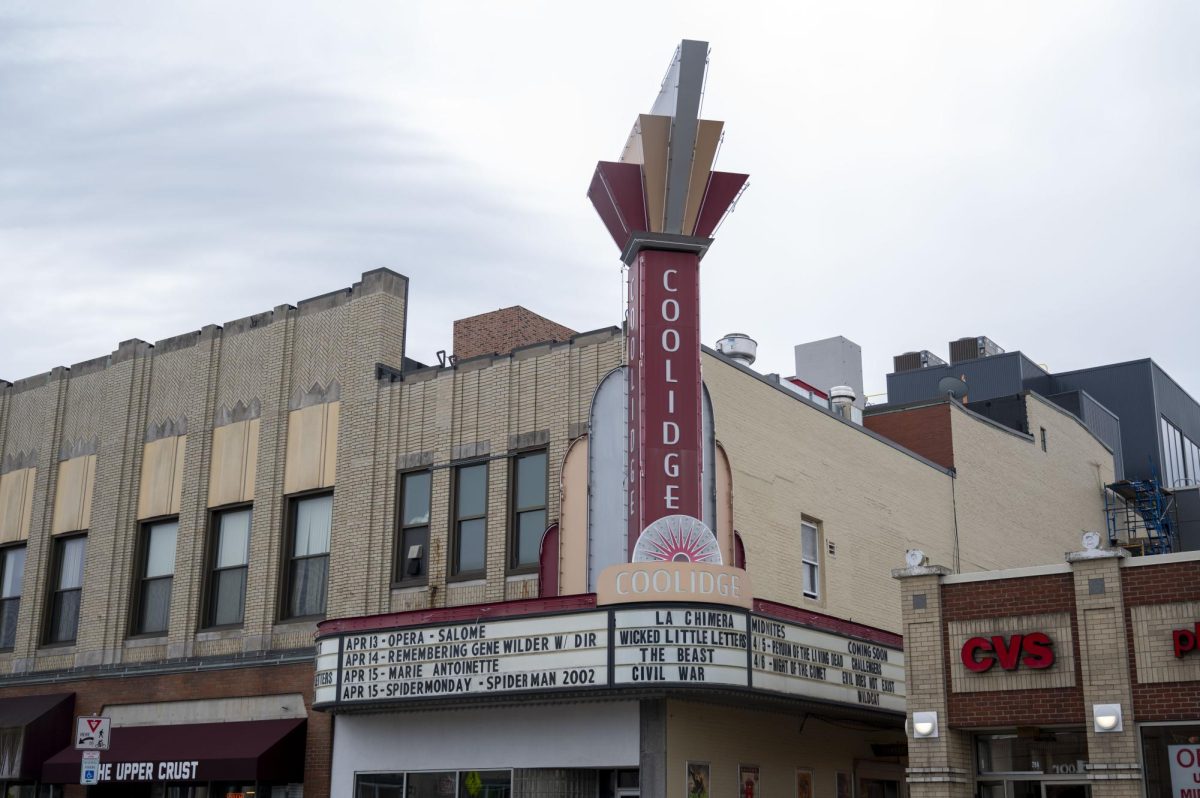By Ruthanne Tarantino
My brown leather shoes are literally worn out, and inappropriate for the New England cold. My hair is overgrown and my body is lined with an extra thin layer of fat from too many “cafés con leche” and “patatas bravas.” The coat I bought in Paris is missing an important button. People have called my disheveledness very ‘Euro,’ which seems inaccurate, because I felt very American the whole time I was away. I fight the urge to say ‘perdon’ when I bump into someone. I am jet-lagged, but I am weary for other reasons. Someone asks, “Hey, how was Barcelona?” and I am unable to give them an accurate answer. How can I explain the best time of my life in passing conversation?
Last semester, I studied abroad in Barcelona, Spain and I had ‘el mejor tiempo de mi vida,’ or the best time of my life. I saw the differences between Barcelona and Boston, but now that I am back the differences between the two cities are highlighted even more.
One of the major differences between Barcelona and Boston is the family structure of its residents. Boston, a city with more than 200,000 students in the area, is inherently a youthful city. For the most part, students live on their own at school. In Barcelona it is not unusual for young adults to live with their families until they are 25 or 30. Instead of gentrified, student-populated neighborhoods, Barcelona’s neighborhoods are mainly filled with families, which made them feel safer.
Also, because young adults usually live with their families, they show their affection for each other anywhere they can, especially in the subway or in parks. I told my Spanish friend, if people acted this way in the States, people would yell at them to get a room. I have never seen so much ass grabbing in my life. Paris may be the City of Love, but Barcelona is the City of Gettin’ It On in the Streets.
Speaking of the subway, I would also like to give a big shout out to the TMB, Barcelona’s metro system. Like many Northeastern students, I have waited a half-hour for the green line on my morning commute to co-op, just to have it pass me. I have spent countless hours waiting in T traffic jams trying to get through Park Street. In Barcelona, I never had to wait more than four minutes for the train. A countdown clock informed passengers when the next subway was arriving. No unexplained waiting time. No traffic jams. I was in public transportation bliss. The MBTA could learn something from the TMB.
Meal times were a very different story as well. Barcelonians usually eat five meals a day. “La comida,” or lunch, is the big meal of the day. It is not uncommon for workers to get two hours off to enjoy their meal. Dinner, or “la cena,” is eaten late at night, usually around 9, 10 or even later. I ate dinner unusually early, around 8:30 p.m., because I lived with a grandmother. My Spanish friends laughed at the fact that in the United States, my family usually ate dinner at 7 p.m.
After lunch, or “la comida,” was “la siesta,” which didn’t necessarily mean everyone went home for a nap, but more like all businesses were closed midday. Sometimes when I was walking around during “la siesta” I felt like I was in a ghost town. Sundays also felt this way.
Living in a foreign country may be scary, and may cause homesickness, but it is an amazing experience that can only be truly understood by someone who takes the risk and goes for it. Barcelona is a perfect place to call home while you are abroad.








